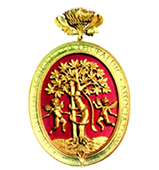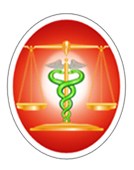
Heel Anatomy
The heel is made up of the calcaneus bone and supported by a network of muscles, tendons, ligaments and soft tissues, which together support the weight of the body and stress during movement.
What is Heel Pain?
Heel pain is a common symptom of excessive strain placed on the structures that form the heel.
What are the Causes of Heel Pain?
Heel pain can be caused by obesity, abnormal walking style, standing or walking or running on hard surfaces and wearing ill-fitting shoes. Some of the conditions related to heel pain include:
- Plantar fasciitis: inflammation of the ligament that connects the heel bone to the toes
- Bursitis: swelling of a bursa (fluid-filled sac) at the back of the heel
- Achilles tendinitis: swelling of the Achilles tendon that connects the calf muscle and heel bone
- Bone spurs: extra growth of bone
- Calcaneus fracture: fracture of the heel bone
- Haglund’s deformity: bone enlargement at the back of the heel
- Tarsal tunnel syndrome: compression of nerves at the back of the foot
- Rheumatoid arthritis: autoimmune disease of the joints
What are the Types of Heel Pain?
Heel pain may be felt under or behind the heel, typically during walking, jogging and running. It may be sharp and stabbing when you first stand up early in the morning or when you get up after sitting for long hours. Pain may also be associated with swelling, inflammation, numbness and/or a tingling sensation.
How is Heel Pain Diagnosed?
The cause of the heel pain is diagnosed by studying your medical history and performing a thorough physical examination of your heel, observing and feeling for signs of swelling and tenderness. Your doctor may order blood tests and imaging studies (X-ray, CT or MRI scans) to confirm on the diagnosis.
What are the Treatment Options for Heel Pain?
The treatment of heel pain completely relies on the causes. The conventional treatments include:
- Rest from activities that cause stress on the heel
- Applying ice packs over a towel to the area to help reduce pain and inflammation
- Regular exercise and foot massage
- Wearing proper shoes, heel cups, professional heel straps, and night splints
- Corticosteroid injections
- Extracorporeal shockwave therapy (EST), where high-energy soundwaves are delivered to treat nerve problems
- Anti-inflammatory medication (topical or oral)
- Surgery in cases of heel spurs, bursitis and fractures of the heel bone
How can you Prevent Heel Pain?
The following are a few steps to avoid heel pain:
- Wear properly fitted shoes.
- Reduce your weight if you are overweight or obese.
- Use shoe inserts.










